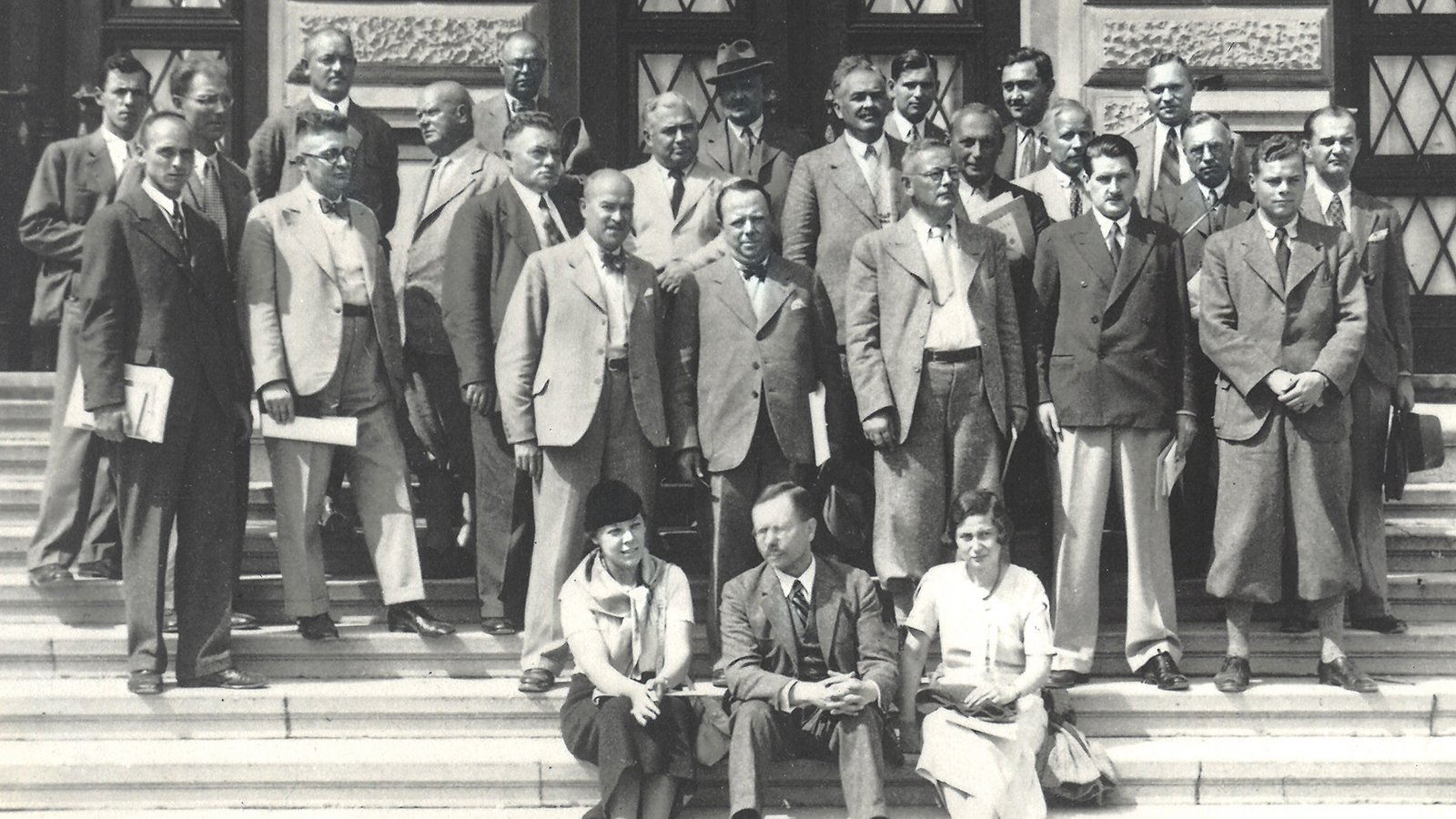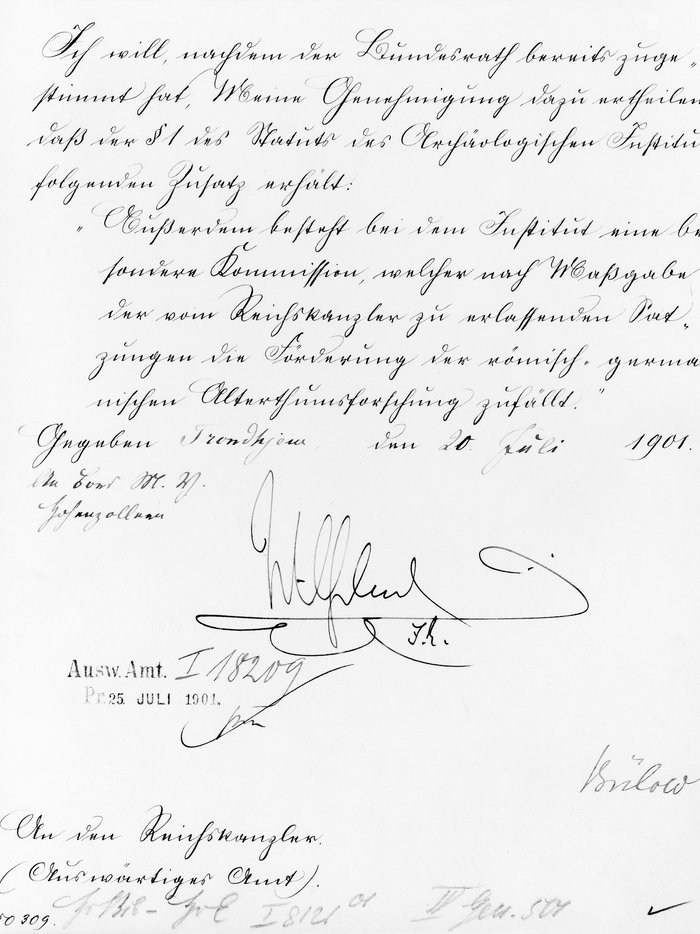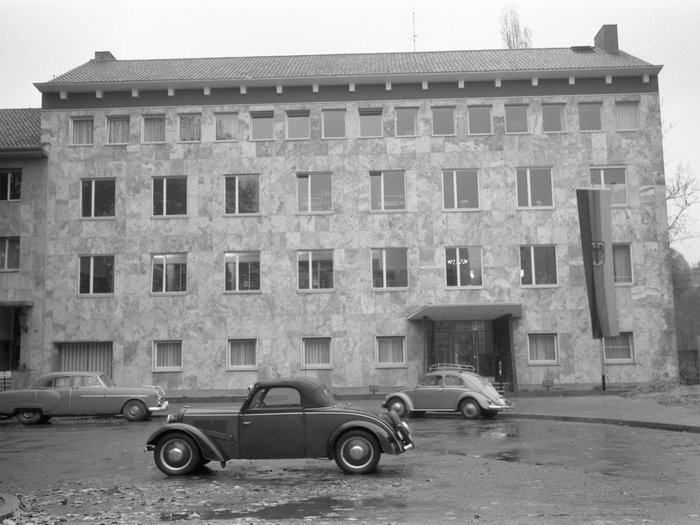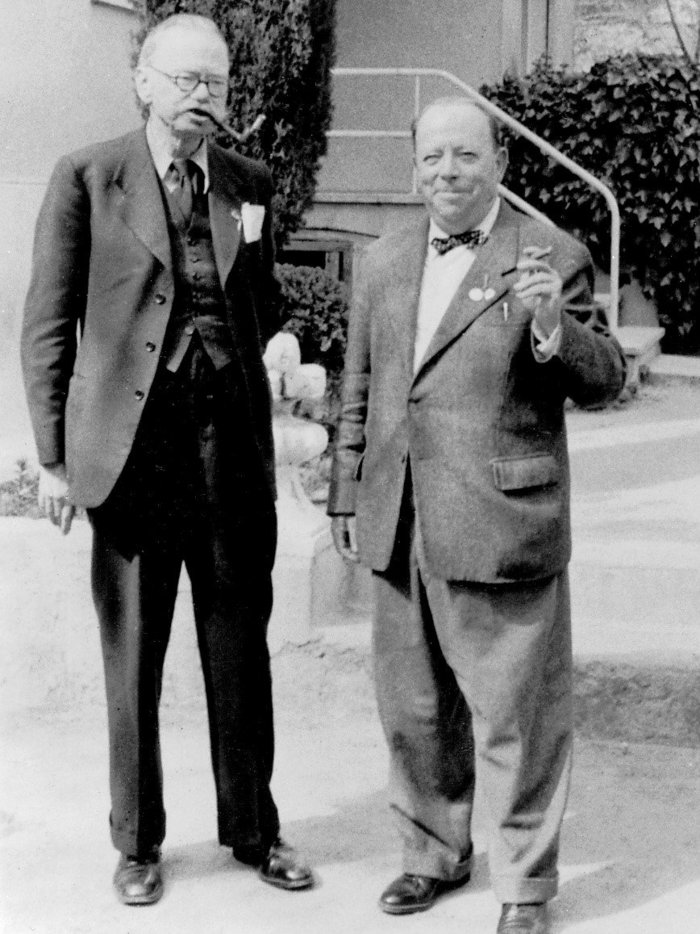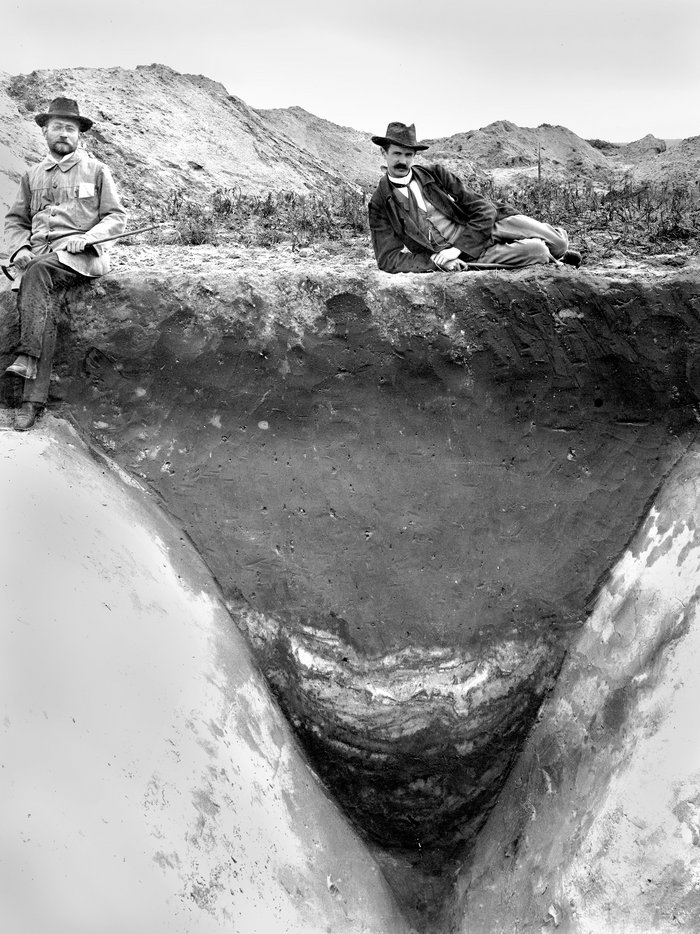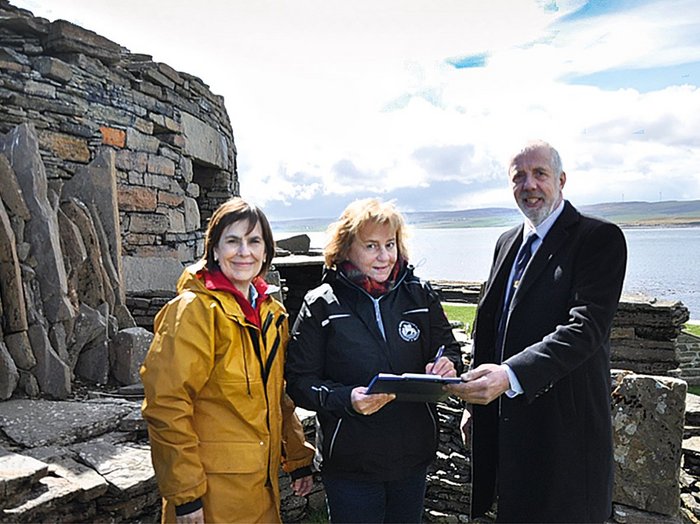The Beginning of Transnational Research
As part of the former Imperial German Archaeological Institute (Kaiserlich-Deutsches Archäologisches Institut), now the German Archaeological Institute, the Roman-Germanic Commission (RGK) began its activities in Frankfurt/Main on 1 October 1902 under its founding director Hans Dragendorff (1870–1941).
Whereas in the 19th century archaeological fieldwork and publications were warranted mainly by different local associations, the launching of the RGK contributed significantly to the spread of scientific methodology and to the systematisation of research. Scientific contacts with Western and Eastern Europe were progressively intensified. Whereas the RGK's initial work focussed on the former north-western Roman provinces and the vestiges of the Roman expansion into Germanic territories – hence its designation RGK – it soon extended its research activity to the archaeological investigation of other periods. Cooperation with domestic and foreign institutes, hence through international exchange of information, advanced to one of the RGK's key concerns.
Excavations And Research Since WWII
After WWII the RGK's Europe-wide connections needed to be reinstated. Though with Europe's division under the Iron Curtain, the RGK evolved to a valued place for meetings and discussions for numerous Central and Eastern European archaeologists.
At first the RGK's excavations on the one hand concentrated on Germany's so-called Celtic era and on the other its Roman period. The excavations carried out as from 1956 by its first director Werner Krämer (1917–2017) in the Celtic oppidum at Manching in Bavaria led to a long-term commitment to the investigation of large Iron Age settlements. In the 1990s, for example, the RGK participated in the excavations in and around the oppidum of France's Alésia, a project that brought together interrogations around Celtic settlement and early Roman military installations. Since 1993, research on the Roman period had been focussing on a settlement near Waldgirmes in the Lahn Valley of Hesse, dating back to around 2000 years BP. At the same time, evidence from the Migration and Merovingian periods were investigated in the nearby cemeteries.
With the end of the Cold War, research increasingly began to concentrate on sites in eastern Central Europe, e.g. near Okolište (Bosnia-Herzegovina), Vráble (Slovakia), Staré Hradiško and Mušov (Czech Republic), Gamzigrad (Serbia), and Szólád (Hungary). Projects by the GDR's former Zentralinstitut für Alte Geschichte und Archäologie (Central Institute for Ancient History and Archaeology) at the Academy of Sciences were partly - and still are - continued, such as the excavations at Iatrus-Krivina (1992-2008) and the ongoing publication series Corpus der römischen Funde im Barbaricum. Especially since the beginning of the 21st century, the RGK increasingly has become involved in multinational and interdisciplinary projects. Focus is thereby made on non-invasive, scientific methods in projects spreading from the North Atlantic to the Black Sea coast. Overarching issues relating to topics like border and contact areas, cultural transformation, mobility of people and objects, human interaction with the environment and landscape as well as settlement developments are being investigated.
For further information
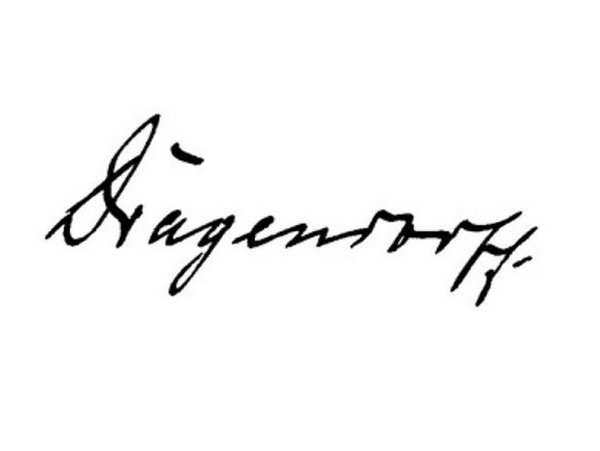
©
A blog post on our Crossing Borders blog is dedicated to the life and work of the RGK's founding director, Hans Dragendorff. A detailed brochure has also been published to mark his 150th birthday in 2020.
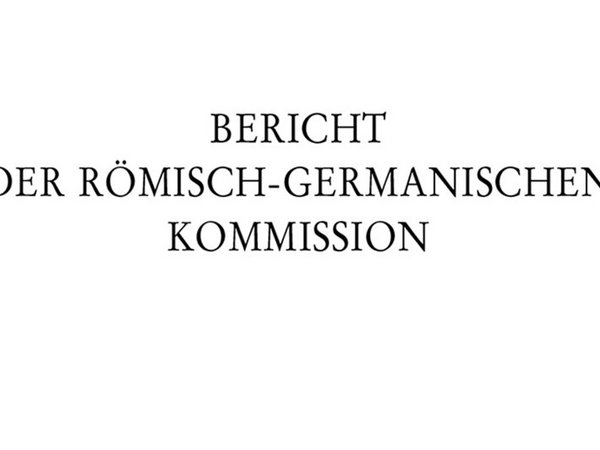
©
On the occasion of the 100th anniversary of the RGK, numerous anniversary contributions were published in Bericht der Römisch-Germanischen Kommission Volume 82.
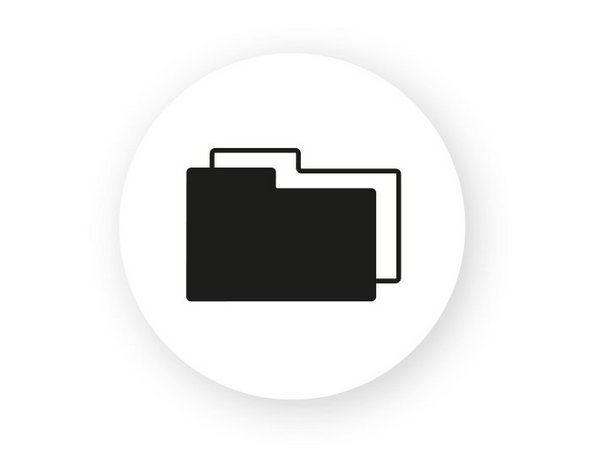
Icon iDAI.archives © DAI // Tanja Lemke-Mahdavi
Archival material from the archives of the Romano-Germanic Commission can be found in iDAI.archives

